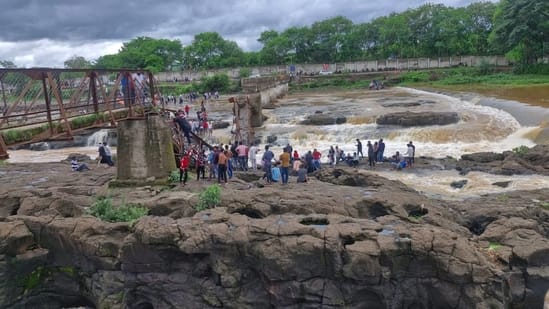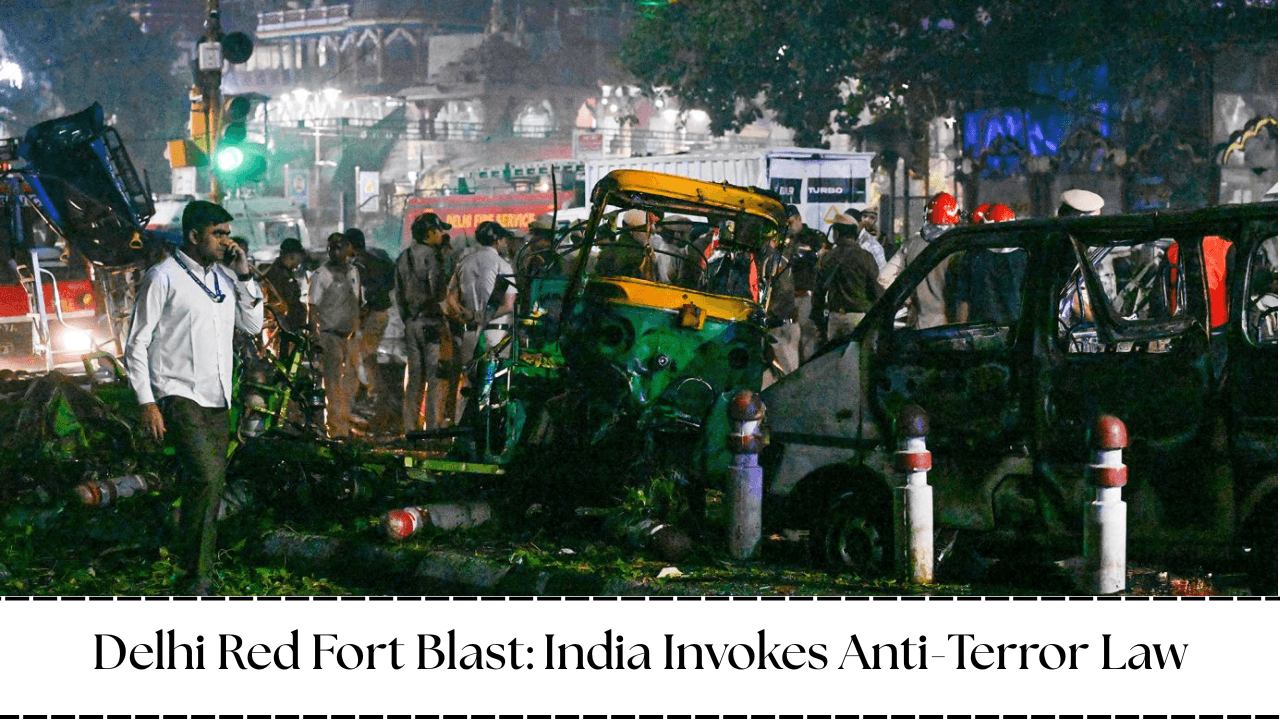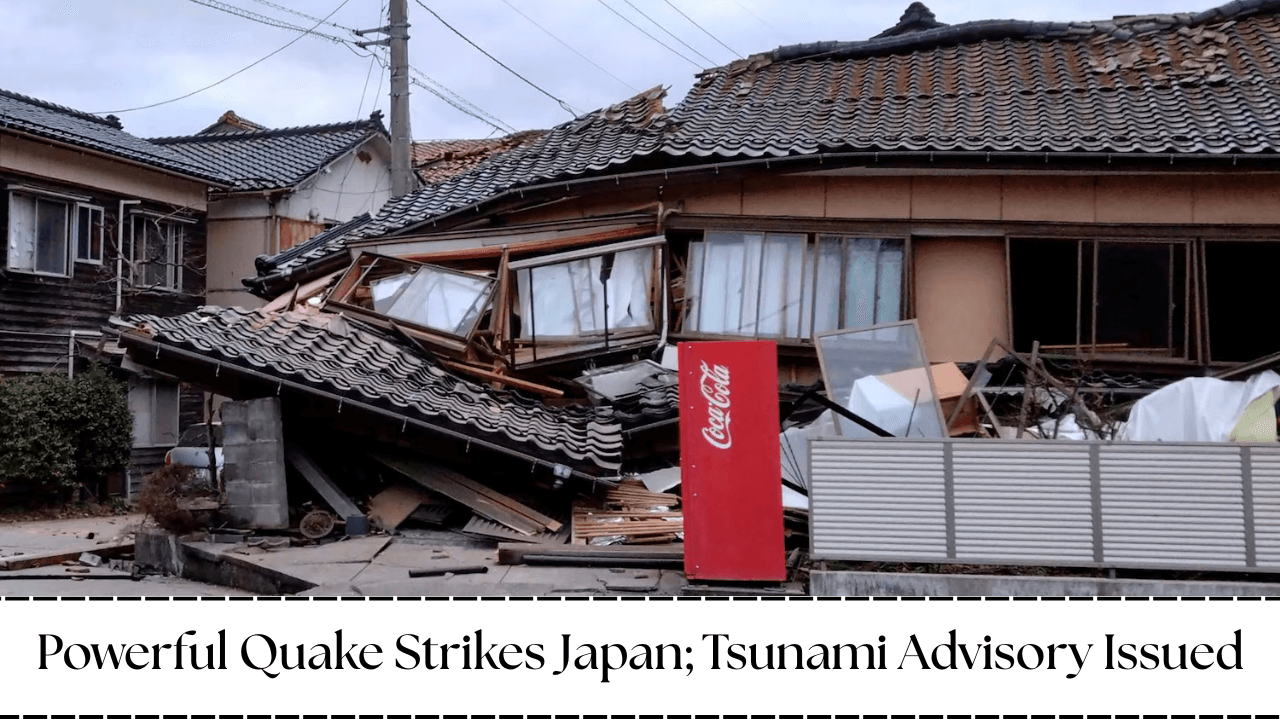Pune Bridge Collapse: 4 Dead, Many Missing in Tragedy
A quiet Sunday turned tragic in Pune’s Maval region as an old pune bridge spanning the Indrayani River gave way, plunging dozens into the monsoon-swollen waters. The collapse has left four confirmed dead, several injured, and many still missing, as rescue efforts continue through adverse weather conditions and fading daylight.
What should have been a day of simple sightseeing or local commute became a horrifying disaster, shaking both the local community and authorities alike.

A pune Bridge Long Forgotten
The iron bridge, over three decades old, was once a vital path for farmers and villagers. Over time, it became worn down, rusted, and structurally unsafe. Although vehicles were officially restricted, the bridge was still used by pedestrians, bikers, and tourists—especially during monsoon season, when people come to admire the overflowing river and lush surroundings.
On this particular day, a large number of people had gathered—some curious about the high river flow, others simply using the bridge for daily transit. Locals say the bridge had shown visible signs of weakness and vibrations moments before the collapse. Yet, the crowd remained unaware of the imminent danger.
The Collapse and Immediate Aftermath
At around 4 PM, the bridge suddenly gave way under the combined weight of the crowd and possibly the structural strain caused by rain-soaked supports. Eyewitnesses described the moment as chaotic—an eerie creak followed by a sudden snap, and then screams as people and motorcycles plummeted into the river.
Rescue teams were immediately alerted, and within an hour, the National Disaster Response Force (NDRF), local fire department, police units, and ambulances reached the site. The area was cordoned off as boats, divers, and ropes were deployed in a desperate search to find survivors.
Casualties and Survivors
So far, four individuals have been confirmed dead, including an elderly man and a young college student. At least 30 people have been rescued, many of them injured and in need of hospitalization. Some are reported to be in critical condition.
Officials suspect more bodies may still be trapped under debris or carried downstream by the river’s strong currents. Search operations are continuing around the clock, although they’re hampered by ongoing rainfall, low visibility, and the treacherous river conditions.
Monsoon and Mismanagement: A Dangerous Combination
Maharashtra’s coastal and interior regions have been experiencing heavy monsoon showers over the past week. Rivers like the Indrayani, which often remain calm during summer, have now become fierce and unpredictable. While rainfall is a seasonal norm, the failure to reinforce or decommission unsafe infrastructure has turned this natural cycle into a deadly hazard.
Experts say this tragedy was preventable. The bridge had reportedly been declared unsafe for heavy traffic years ago. However, a lack of consistent monitoring, public awareness, and enforcement meant it continued to be used casually, especially by tourists and bikers.

Voices of Grief and Accountability
Families of the missing and deceased gathered near the site, seeking answers, many in tears. “He just went to take a picture of the river. He didn’t deserve this,” said the brother of one of the victims.
Public outrage is mounting, with citizens demanding action against negligent officials and stronger infrastructure oversight. Maharashtra’s state leadership has promised compensation for the victims and announced an investigation into the collapse. But for many, words feel inadequate in the face of lives lost.
The Bigger Question: Are We Listening?
This tragedy serves as a painful reminder that infrastructure must not be taken for granted. Aging bridges, unregulated foot traffic, and the pressure of monsoon weather create a dangerous mix. Sadly, India has seen similar incidents in the past, and yet history keeps repeating itself.
What Pune needs now is not just recovery but reflection. Are we conducting timely audits of our structures? Are tourists and locals adequately warned about hazards during extreme weather? Is there a system in place to close off risky sites before disaster strikes?
A Hope That Lives Will Be Saved
As rescue workers continue their efforts, hope remains that some of the missing may still be alive. The courage of first responders, volunteers, and local residents is inspiring, but it also highlights the urgent need for proactive safety, not just reactive sympathy.
For the people of Pune, and for India as a whole, this is not just a local incident. It is a national call for better urban planning, stronger governance, and respect for nature’s power.





Post Comment